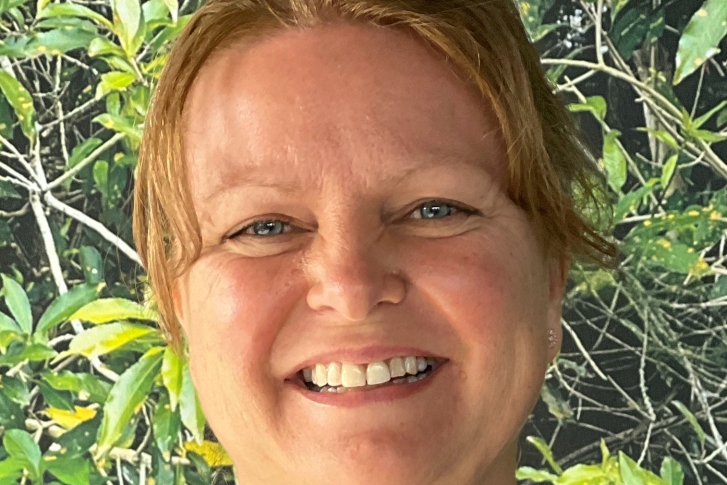NIWA scientists are on the hunt for valuable water quality and economic data on freshwater mitigation efforts across New Zealand to help improve predictive models they are developing.
By incorporating additional datasets into NIWA’s models, they will be able to better predict the benefits of actionable solutions such as constructed wetlands, riparian buffers, detainment bunds, woodchip bioreactors, and filamentous algae nutrient scrubbers (FANS) and help decision-makers take meaningful action to safeguard freshwater ecosystems.
While NIWA already holds significant amounts of data on these mitigation systems, it is eager to expand its collection by including datasets held by other groups including regional councils, NGOs, universities, consultants, iwi/hapu and landowners.
NIWA Freshwater Mitigation Systems Programme Leader and Aquatic Biogeochemist, Fleur Matheson is calling for data from any groups, organisations, and individuals who have collected water quality and economic information on any of these mitigation systems.
She says NIWA is developing mitigation systems models to predict the benefits of their implementation to freshwater quality.
“Any extra water quality and economic data we can obtain from others that have monitored, constructed and operated existing New Zealand mitigation systems would help improve the models."
“The goal of this project is to empower local communities and freshwater management agencies with predictive information from reliable, data-driven models, which they can then use to help take actions to safeguard the health of freshwater resources for both ecological and human needs.”
The data NIWA seeks includes flow and water quality data from the inflow and outflow points of these systems; as well as economic data on costs related to the construction and operation of the systems.
By running scenarios using these models, NIWA can provide decision-makers with insights on the potential improvements to water quality and ecosystem health that could be achieved if mitigation systems were implemented on a larger scale. These predictions will be vital for developing action plans and guiding landowners on the best practices to follow for enhancing freshwater quality in their local areas.
These models will also assist freshwater managers and stakeholders to understand the benefits of implementing such systems and plan for more efficient and cost-effective solutions for improving water quality across New Zealand’s catchments.
Any data provided to NIWA will be stored in a central repository and used to create or calibrate mathematical models.
While mitigation systems are not currently mandated by legislation, the models NIWA is developing will help better inform decision-makers to identify actionable solutions to include in future water quality management efforts across the country.
By sharing data, individuals and organisations will contribute to a more sustainable and healthier future for New Zealand’s freshwater ecosystems.






